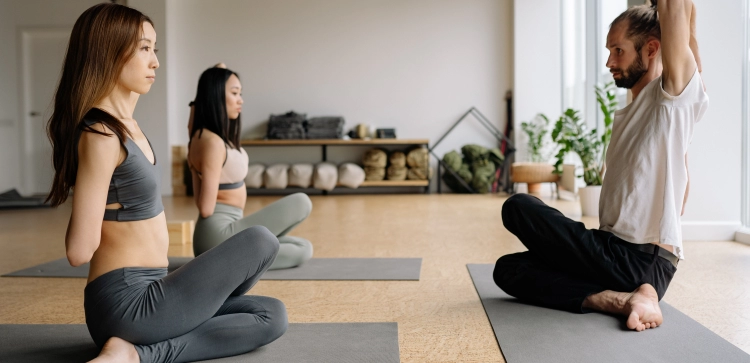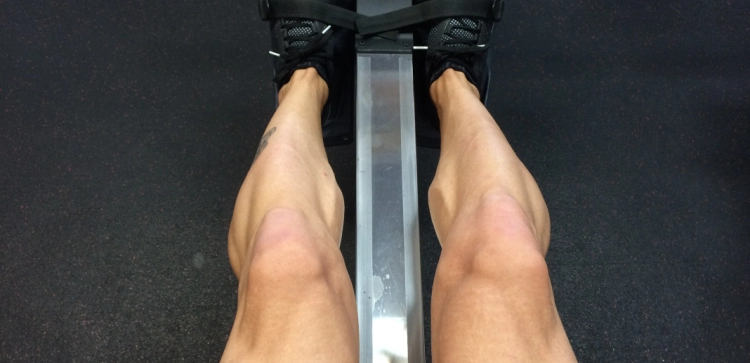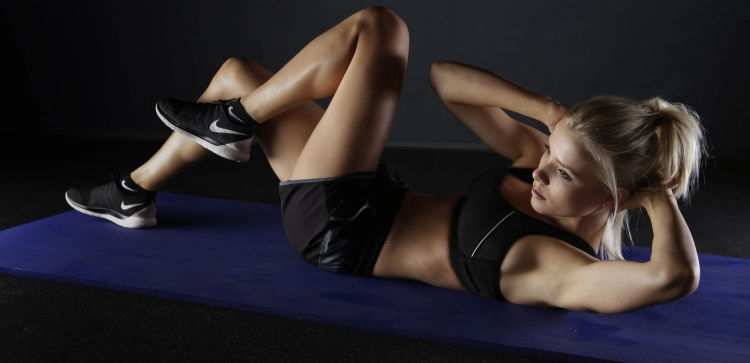How Do You Train For Climbing Strength At Home?

- Why Is Strength Important In Climbing, And How Does It Impact Performance?
- What Are The Benefits Of Training For Climbing Strength At Home Compared To Climbing Gyms?
- Can You Provide A Sample Home-Based Climbing Strength Training Routine For Beginners?
- Are There Any Specific Exercises That Target Finger Strength And Grip, Essential For Climbing?
- Do You Have Recommendations For Affordable Home Climbing Training Equipment And Tools?
- Conclusion
Why Is Strength Important in Climbing, and How Does It Impact Performance?
Strength plays a pivotal role in climbing, impacting your ability to conquer routes, make challenging moves, and progress in the sport. Climbing-specific strength is the foundation upon which your technique and endurance rely.
The Climbing Strength Advantage
-
Control and Precision: Climbing demands precise control over your body movements. Strength enables you to maintain control during challenging sequences.
-
Overcoming Difficult Moves: Some routes feature demanding moves that require significant strength, such as dynos, overhangs, or steep sections. Strength empowers you to tackle these moves effectively.
-
Reducing Fatigue: Strong muscles are more resistant to fatigue. Building strength can help you maintain stamina on longer climbs.
What Are the Benefits of Training for Climbing Strength at Home Compared to Climbing Gyms?
While climbing gyms offer valuable training opportunities, home-based training provides unique advantages.
The Home Training Edge - Convenience and Accessibility
-
Time-Efficient: Home training eliminates the need for commuting to a gym, saving time for other activities.
-
Consistency: With home training, you have control over your training schedule and can maintain consistent workouts.
-
Affordability: Investing in basic home training equipment is often more cost-effective in the long run than gym memberships.
Can You Provide a Sample Home-Based Climbing Strength Training Routine for Beginners?
A well-rounded climbing strength training routine at home targets key muscle groups and helps beginners build a solid foundation.
Beginner's Training Routine
Start Strong
-
Warm-Up: Begin with a dynamic warm-up to prepare your muscles for training. Include activities like jumping jacks, leg swings, and arm circles.
-
Core Exercises: Core strength is essential for stability and balance in climbing. Incorporate exercises like planks, Russian twists, and leg raises.
-
Pull-Ups and Push-Ups: These bodyweight exercises build upper body and core strength. Gradually increase reps as you progress.
-
Fingerboard Hangs: To target finger strength and grip, use a fingerboard or hangboard. Start with shorter hangs and progressively increase duration.
-
Campus Board (Optional): For advanced climbers, a campus board can be a valuable tool to develop upper body and finger strength.
Are There Any Specific Exercises That Target Finger Strength and Grip, Essential for Climbing?
Finger strength and grip are critical for climbers. Here are exercises to specifically target these areas.
Finger Strength and Grip
Strengthen Your Grip
-
Hangboard Training: Utilize a hangboard to perform various grip positions, such as crimps, slopers, and pockets. Gradually increase resistance.
-
Grip Strengtheners: Use grip strengtheners to work on finger strength during rest periods or downtime.
-
Pinch Blocks: Pinch blocks help improve pinch grip strength, a valuable skill for holding onto protruding holds.
Do You Have Recommendations for Affordable Home Climbing Training Equipment and Tools?
You don't need a fully equipped gym to train effectively at home. Consider these affordable training tools.
Budget-Friendly Equipment
Training on a Budget
-
Hangboard or Fingerboard: A hangboard is a versatile tool for finger strength training and can be mounted at home.
-
Pull-Up Bar: A simple pull-up bar allows you to perform pull-ups and hanging leg raises to strengthen your upper body.
-
Resistance Bands: These versatile bands can be used for a variety of strength exercises and assist with pull-ups and core workouts.
-
Homemade Climbing Holds: Get creative and make your own climbing holds using wood or resin.
Conclusion
Training for climbing strength at home offers convenience, accessibility, and affordability. Building strength enhances your climbing performance, enabling you to tackle challenging routes with confidence. Whether you're a beginner or an experienced climber, a well-rounded training routine can elevate your skills and take your climbing to new heights.
By incorporating strength exercises, focusing on finger strength and grip, and utilizing budget-friendly training equipment, you can maintain and enhance your climbing-specific strength from the comfort of your home. Strengthening your climbing muscles will not only make you a better climber but also ensure you're prepared for your next climbing adventure.















